Resume Design: Sample Templates & Guide 2024
Create captivating Resume Designs with ResumeKraft, ensuring your profile stands out in the competitive job market.
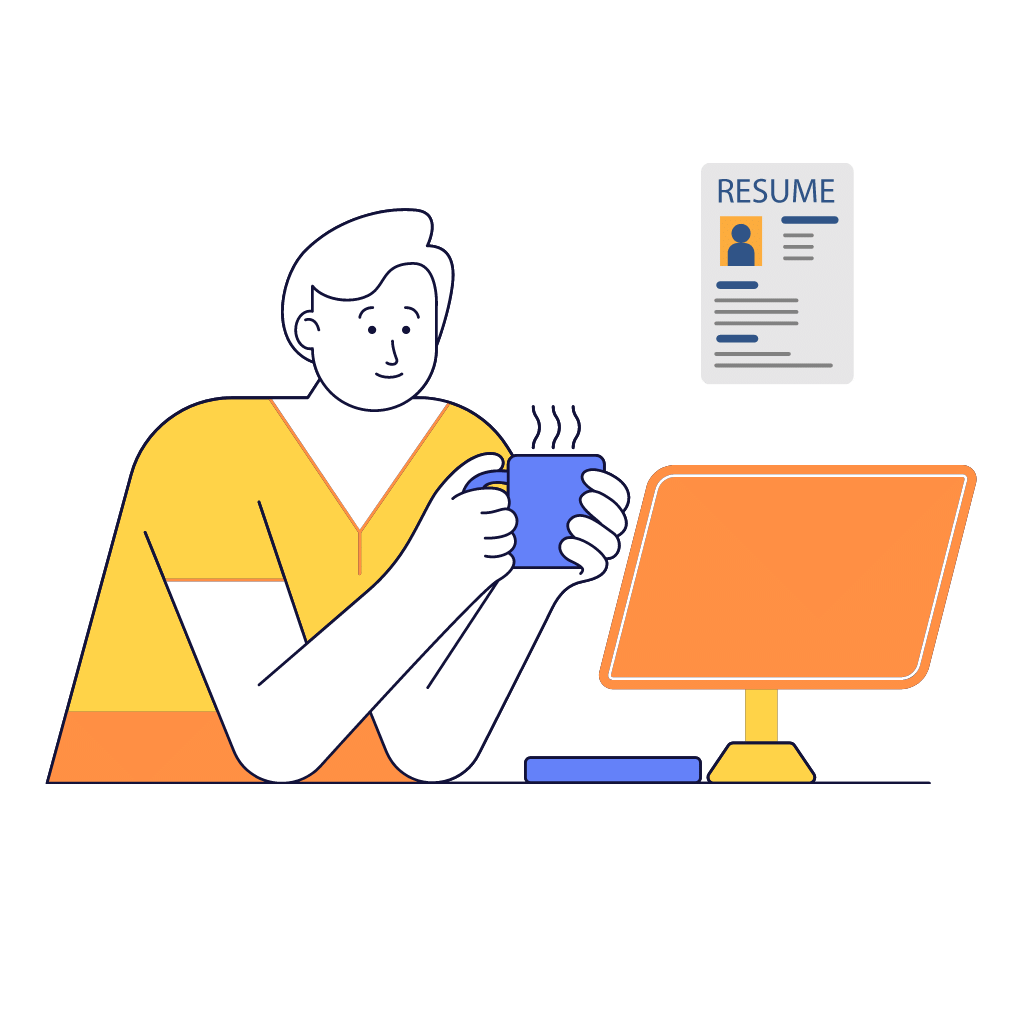
In the competitive job market, standing out from the crowd is crucial. One of the most effective ways to do this is through a well-designed resume. A resume is more than just a document listing your skills and experiences; it’s a tool to showcase your professionalism and attention to detail. A well-designed resume can make a strong first impression, setting the stage for a successful interview process.
Designing a resume is an art that requires a balance between creativity and professionalism. The design should be eye-catching, but not overly flashy. It should be unique, but not eccentric. The goal is to create a document that reflects your personal brand while remaining easy to read and navigate.
Types of Resume Designs
Different jobs and industries may require different types of resume designs. Here are some common styles that can help you stand out in the job market:
1. Clean and Minimal Resume Design
A clean and minimal resume design focuses on readability and simplicity. It uses a simple color scheme, usually black and white, and avoids any unnecessary elements. This type of design is perfect for professionals who want to showcase their qualifications in a straightforward, easy-to-read format.
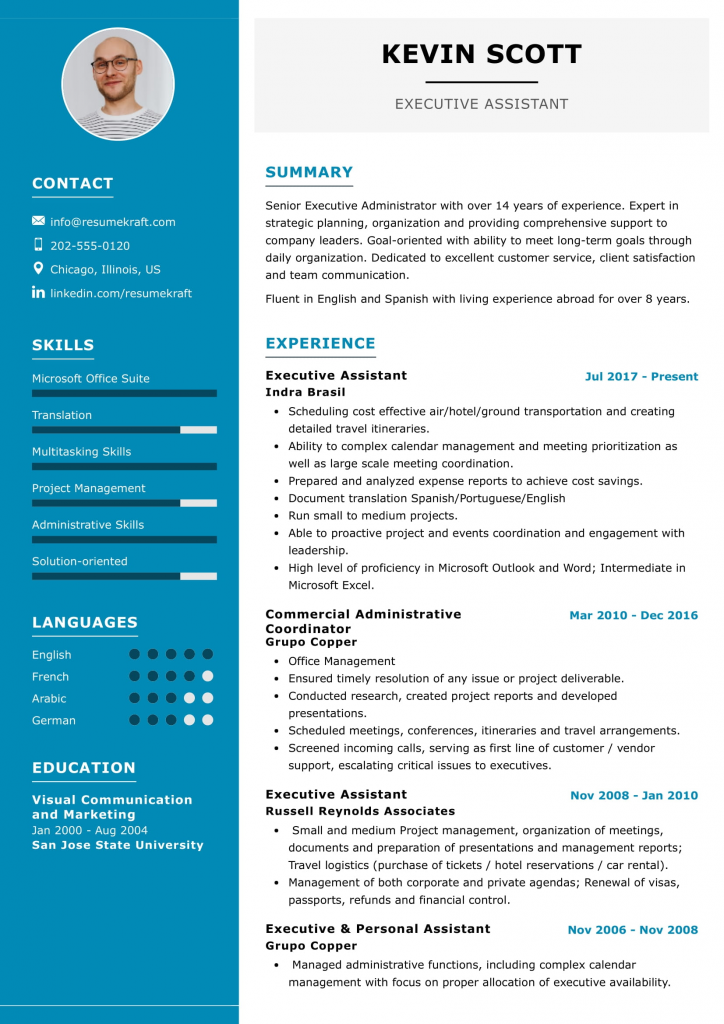
2. Professional but Beautiful Resume Design
A professional but beautiful resume design strikes a balance between formality and creativity. It uses color and typography to create a visually appealing layout without sacrificing professionalism. This type of design is ideal for those who want to show a bit of personality while still keeping things professional.

3. Bold and Creative Resume Design
A bold and creative resume design is for those who aren’t afraid to stand out. It uses bold colors, unique fonts, and creative layouts to create a resume that’s truly one-of-a-kind. This type of design is perfect for creative professionals like graphic designers or marketing specialists.
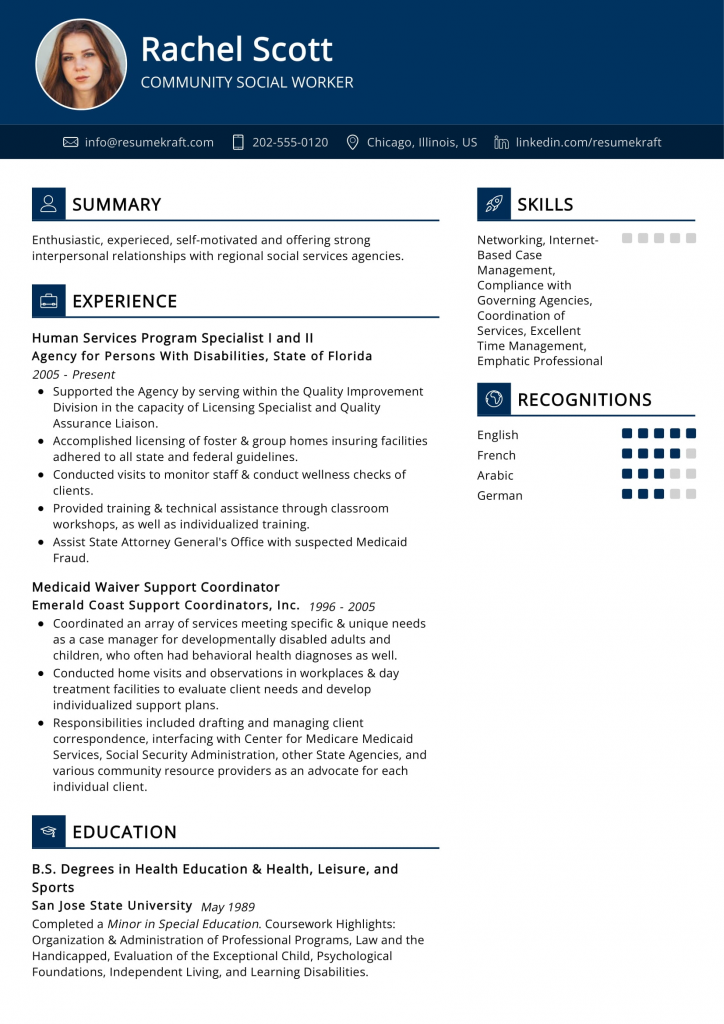
4. Corporate and Confident Resume Design
A corporate and confident resume design exudes professionalism and confidence. It uses a traditional layout with a modern twist, such as a bold header or a unique color scheme. This type of design is ideal for corporate professionals who want to make a strong impression.
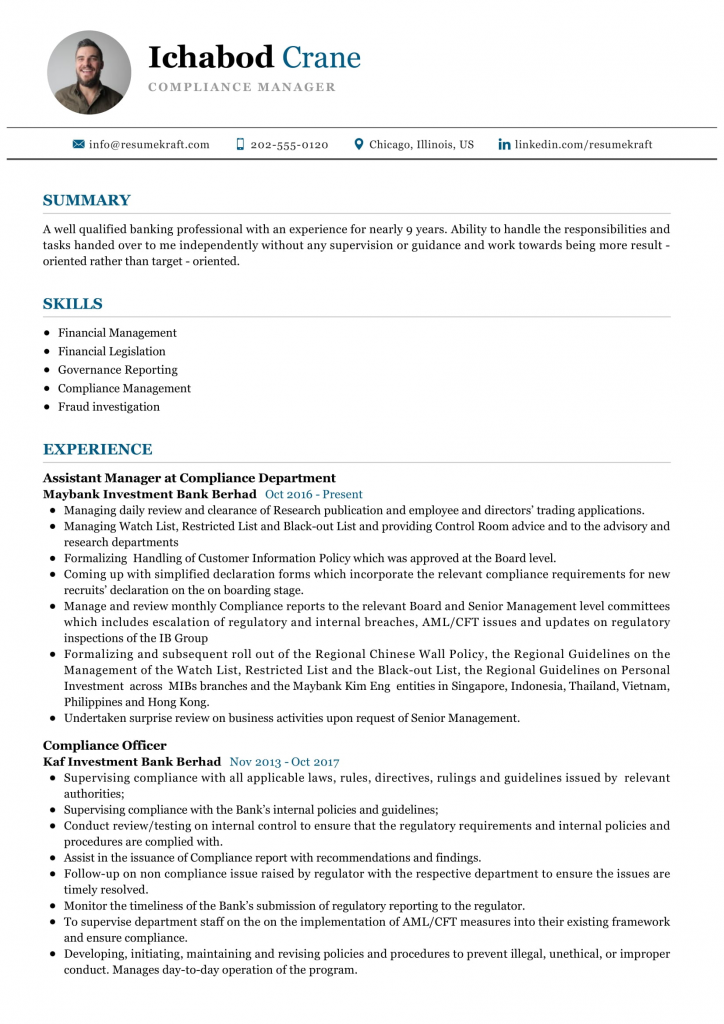
5. Unique Resume Sample
A unique resume design can help you stand out from the crowd. It’s perfect for creative professionals or those in industries that value originality and innovation.
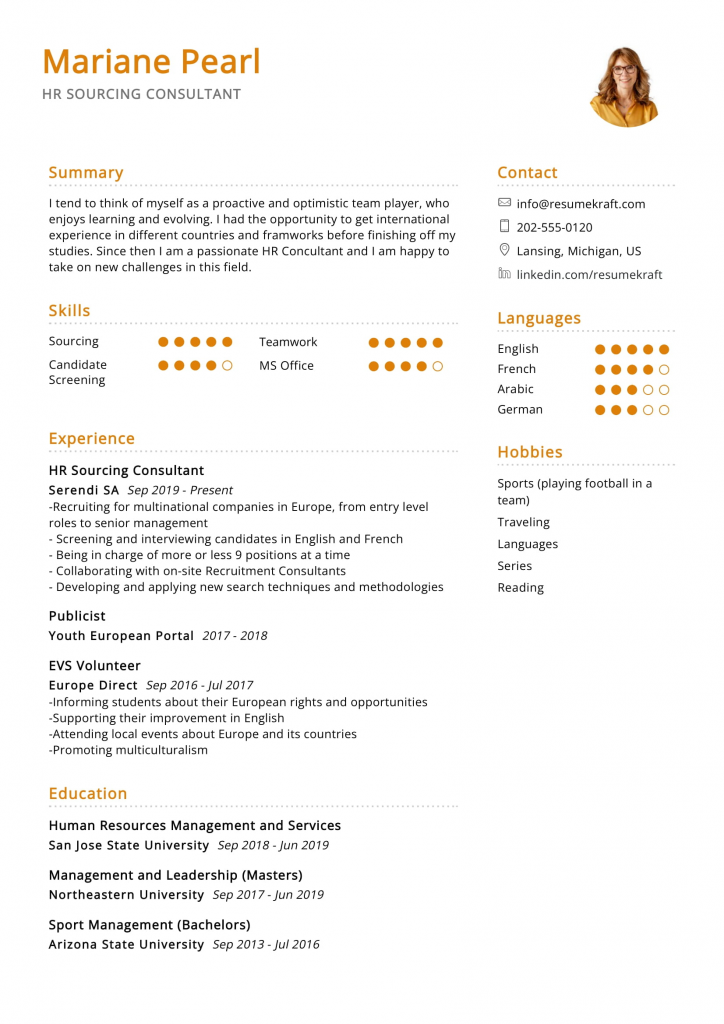
6. Two Page Resume Sample
A two-page resume is ideal for professionals with a lot of experience or a wide range of skills. It provides enough space to detail your qualifications without overwhelming the reader.
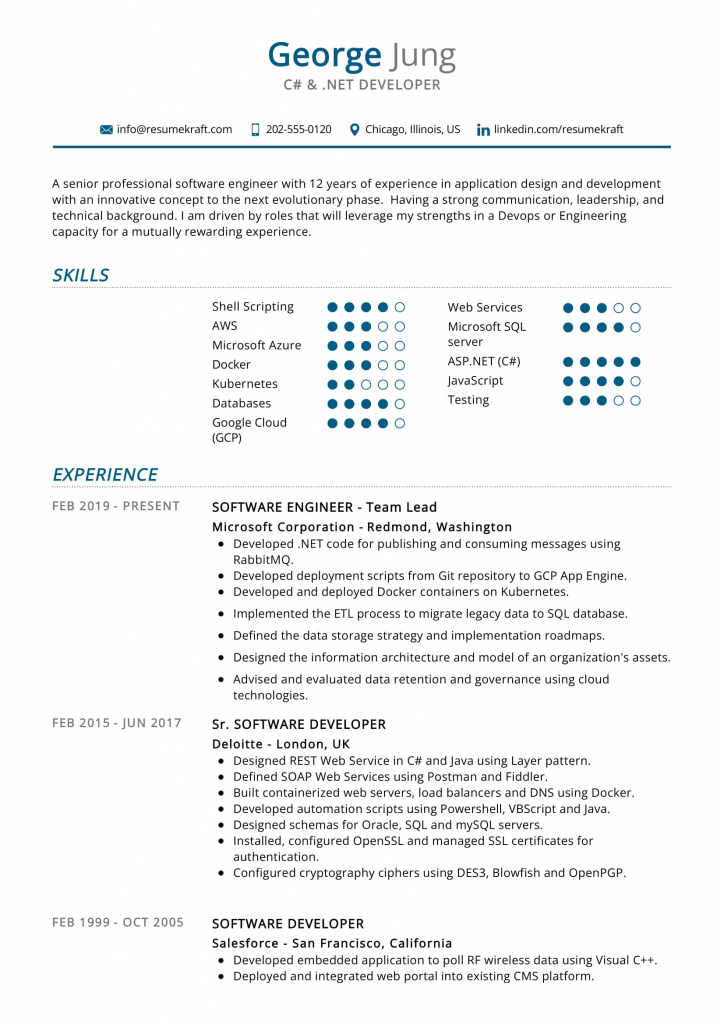
7. One Page Resume Sample
A one-page resume is a concise overview of your skills and experiences. It’s perfect for recent graduates, entry-level job seekers, or anyone with a straightforward career history.
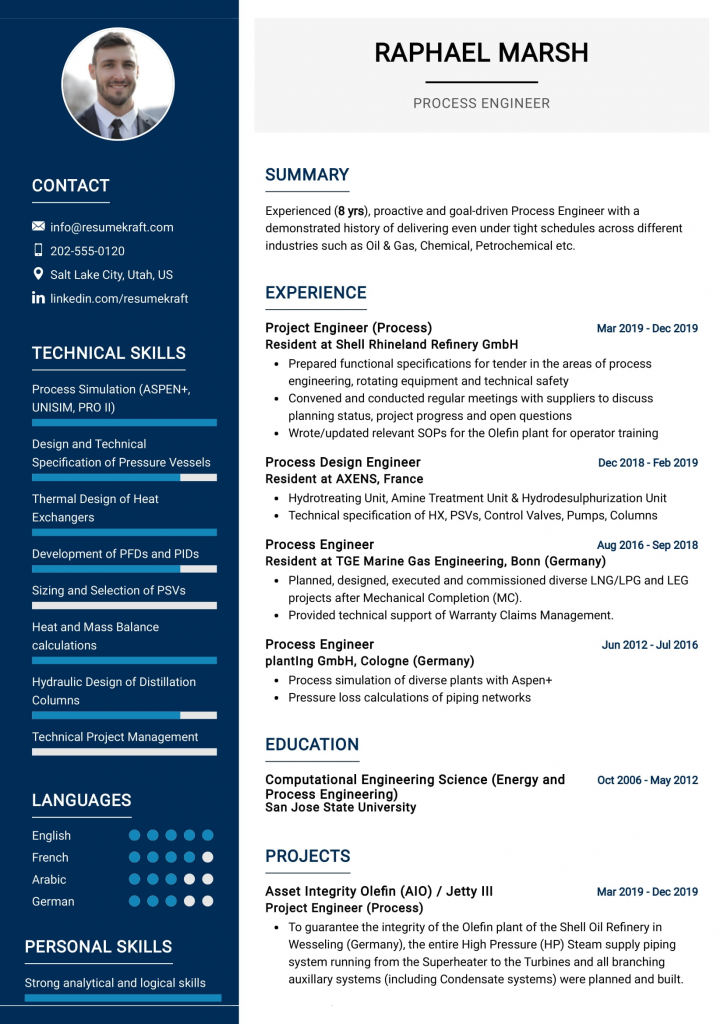
8. Minimalist Resume Sample
A minimalist resume design focuses on simplicity and readability. It’s a great choice for professionals in any industry who want a clean, uncluttered resume.
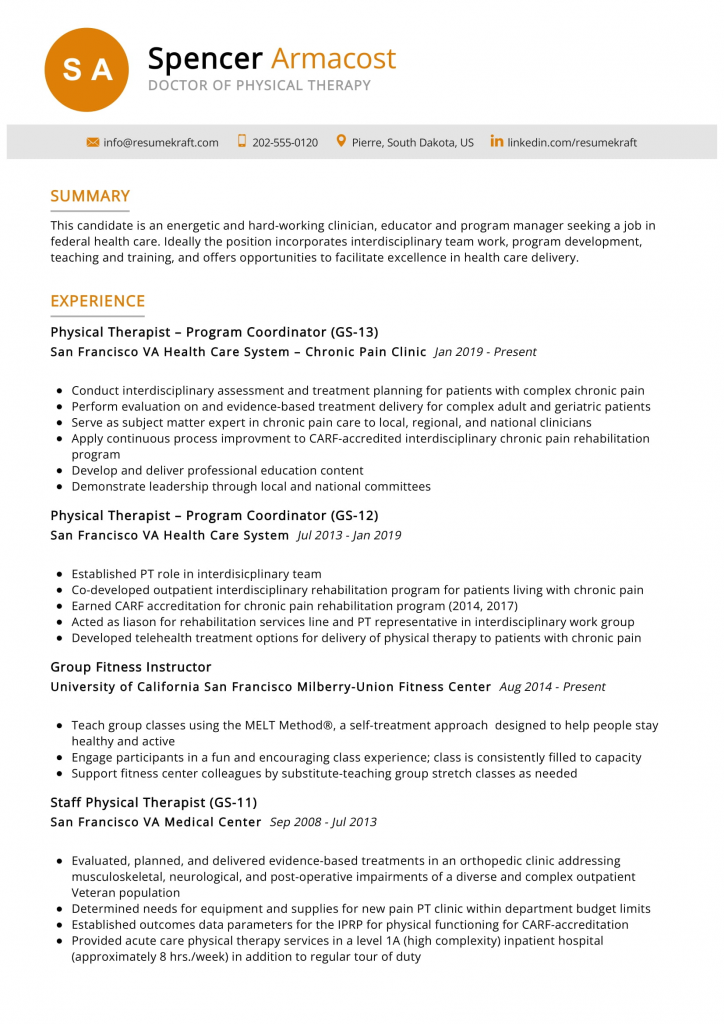
9. Google Docs Resume Sample
A Google Docs resume is a convenient and easily accessible option. It allows for easy editing and can be accessed from any device.

10. Traditional Resume Sample
A traditional resume design is a tried-and-true format that’s accepted in virtually all industries. It’s a safe choice if you’re applying to a company with a more conservative culture.
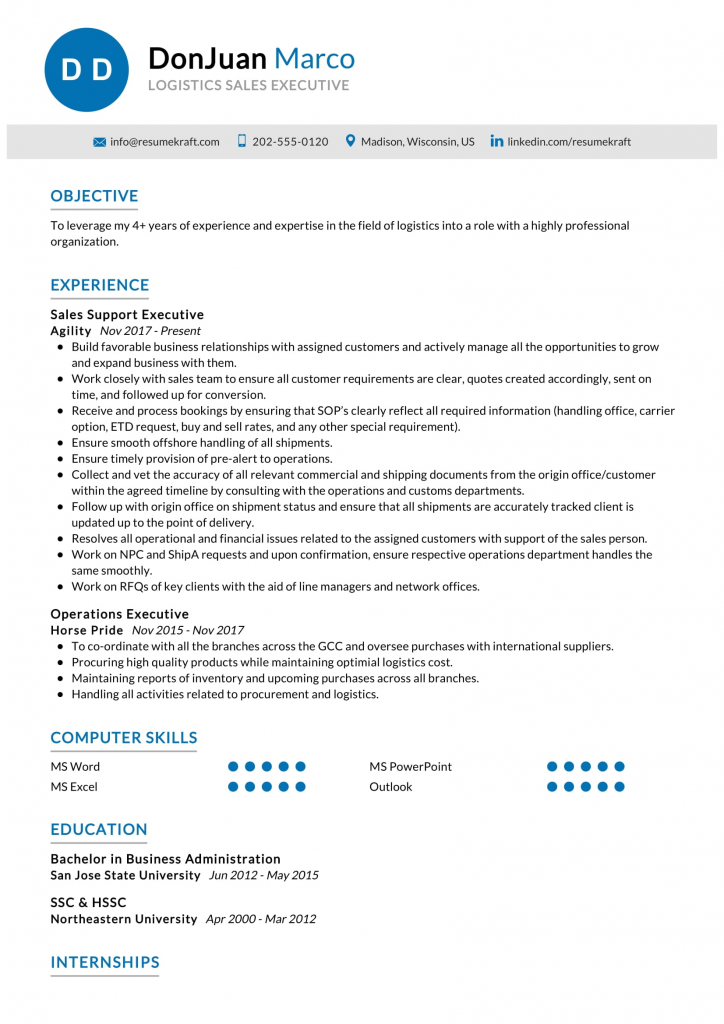
11. Skills-Based Resume Sample
A skills-based resume focuses on your skills rather than your work history. It’s a good choice for career changers, recent graduates, or anyone with gaps in their employment history.
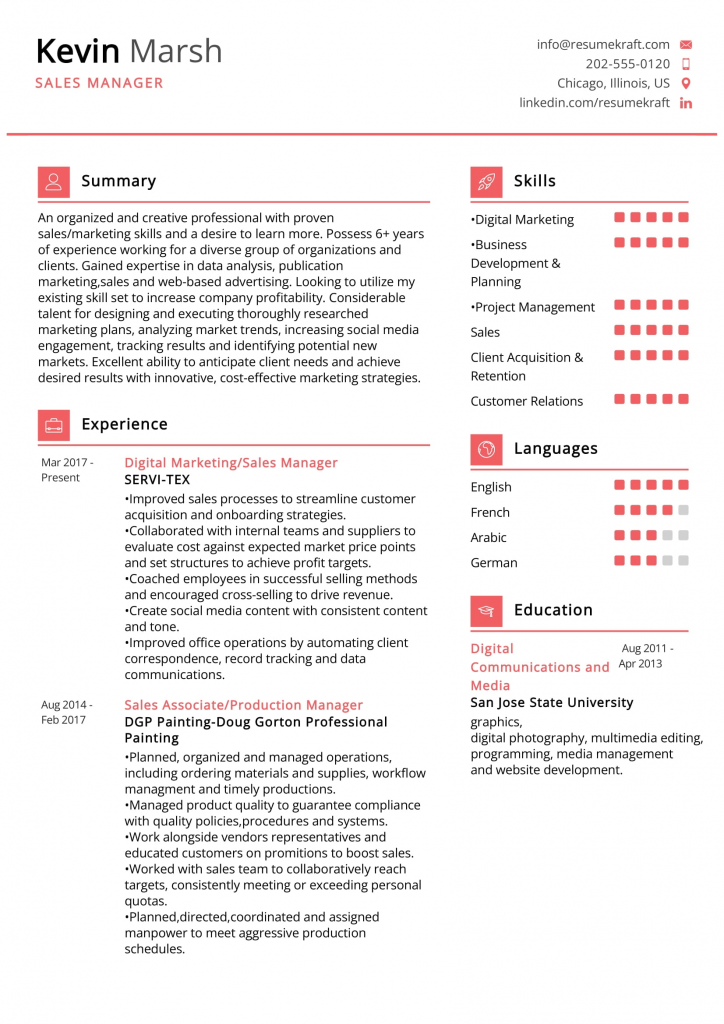
12. Beginner Resume Sample
A beginner resume is designed for those who are entering the workforce for the first time. It highlights education, skills, and any relevant experiences like internships or volunteer work.
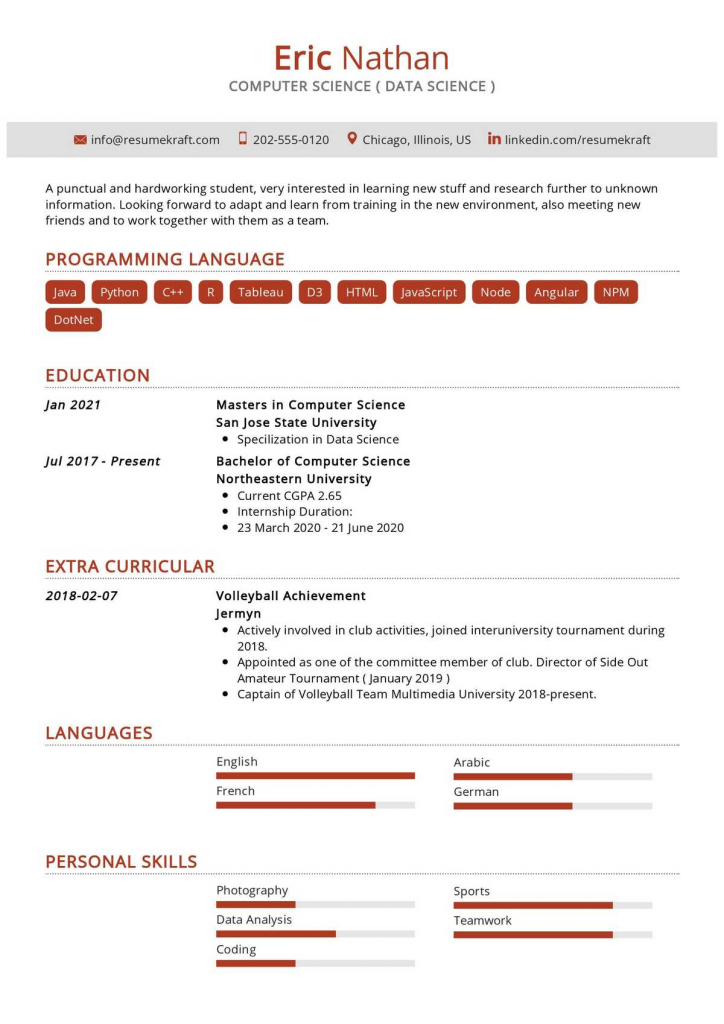
13. Career Change Resume Sample
A career change resume highlights transferable skills and experiences that are relevant to the new industry or role. It’s a great way to show potential employers that you have what it takes to succeed in a new field.
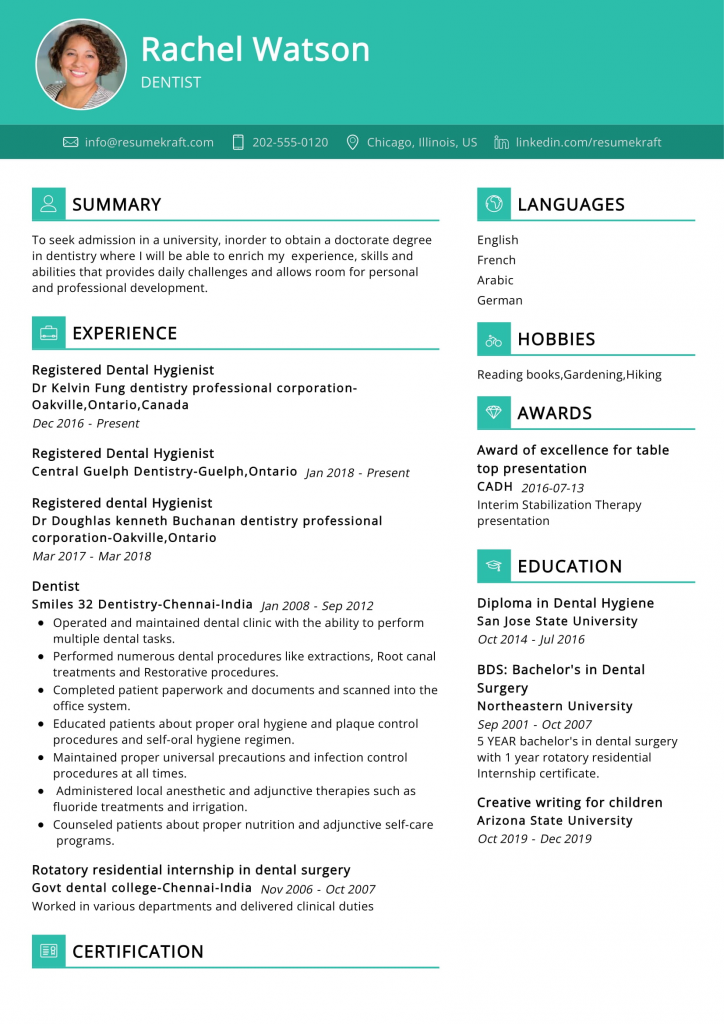
14. Resume Sample for First Job
A resume for your first job focuses on your skills, education, and any relevant experiences. It’s a great way to show potential employers that you’re eager and ready to start your career.
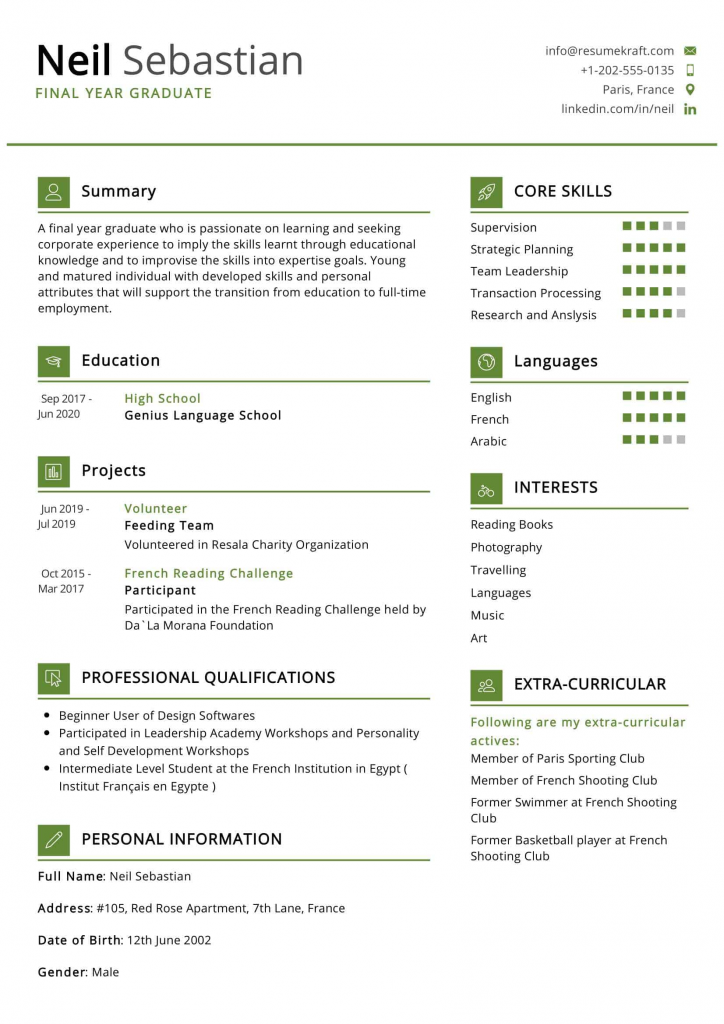
15. Resume Sample for Teenagers
A resume for teenagers is designed to help young people showcase their skills, experiences, and potential. It’s a great way to start building a professional presence.
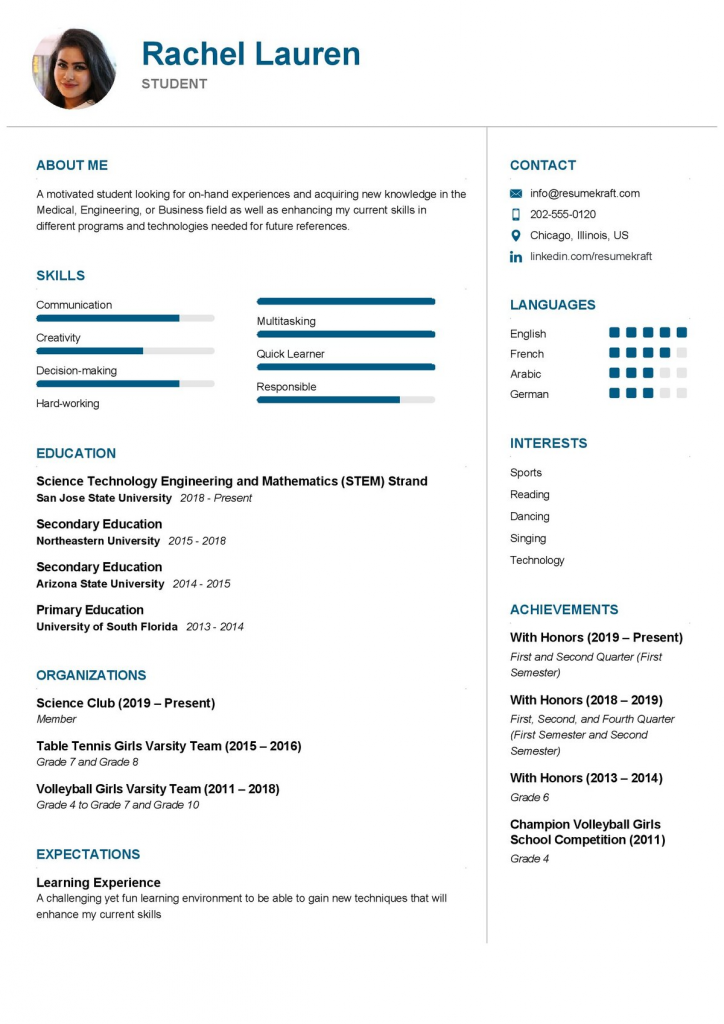
16. Professional Resume Sample to Land Any Job
A professional resume is a comprehensive overview of your skills, experiences, and qualifications. It’s designed to impress employers and land you any job.
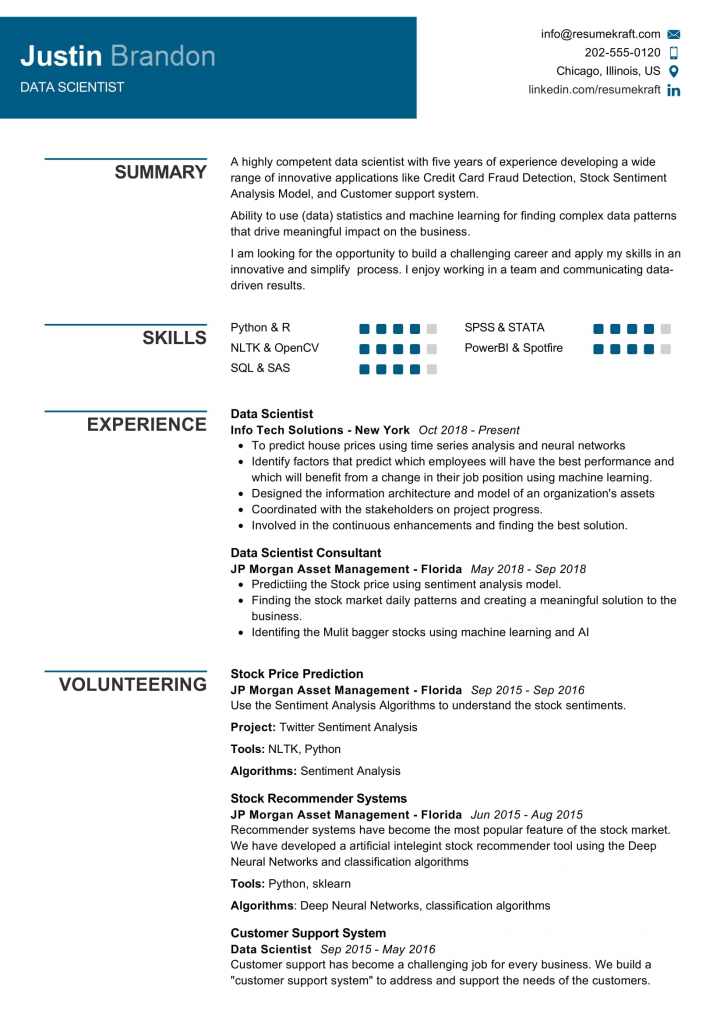
Each of these resume designs serves a specific purpose and can be effective in different situations. Choose the one that best fits your personal brand, the industry you’re in, and the job you’re applying for.
The Basics of Resume Design
Designing a resume involves more than just choosing a nice font and filling in the blanks. It’s about presenting your information in a way that’s easy to understand and appealing to look at. Here are some basic principles to keep in mind:
1. Choosing the Right Font
The font you choose for your resume can say a lot about you. Serif fonts like Times New Roman or Garamond can give your resume a more traditional, professional look. Sans-serif fonts like Arial or Helvetica can give it a more modern, clean look. Whichever you choose, make sure it’s easy to read and not overly stylized.
2. Setting the Correct Margins
Margins are the empty spaces around the edges of the page. They give your resume a clean, organized look and make it easier to read. A good rule of thumb is to set your margins to one inch on all sides. This gives your text some breathing room without wasting too much space.
3. Dividing Your Resume into Clear Sections
Your resume should be divided into clear sections such as “Contact Information”, “Summary”, “Experience”, “Education”, and “Skills”. This makes it easy for hiring managers to find the information they’re looking for.
4. Making the Resume Header Pop
The header of your resume, which includes your name and contact information, is one of the first things hiring managers will see. Make it stand out by using a larger or bold font, or by adding a touch of color.
How to Design a Resume the Right Way
Designing a resume that stands out while still maintaining a professional look can be a challenging task. Here are some tips to help you design your resume the right way:
1. Choosing the Right Font
The font you choose for your resume plays a crucial role in its overall appearance and readability. It’s important to choose a font that is easy to read and professional. Avoid overly decorative or hard-to-read fonts. Stick with classic choices like Arial, Times New Roman, or Calibri.
2. Using the Correct Margins
Margins are an important aspect of your resume design. They provide white space, which helps to balance the text and make your resume easier to read. A one-inch margin on all sides is a good standard to follow.
3. Hitting the Perfect Length
The length of your resume should be appropriate for your level of experience. For most job seekers, a one-page resume is sufficient. However, if you have a lot of relevant experience or skills, a two-page resume may be necessary. Remember, the goal is to provide a concise overview of your qualifications, not to list every job you’ve ever had.
Designing a resume the right way involves a balance of aesthetics and functionality. Your resume should be visually appealing, but it should also be easy to read and navigate. By following these tips, you can create a resume that not only looks great but also helps you land your dream job.
Frequently Asked Questions
An AI Resume Builder is a tool that uses artificial intelligence to help you create a professional resume. It can analyze your information and suggest improvements, making the process of resume creation easier and more efficient. It’s a great resource if you’re unsure about how to design your resume or what information to include.
If you’re looking for inspiration, you can check out these Resume Samples. They provide a variety of examples across different industries and job levels. Studying these samples can give you a better idea of what a well-designed resume looks like and help you understand what information to include in your own.
The skills you should include in your resume depend on the job you’re applying for. However, there are some universal Resume Skills that employers often look for, such as communication, problem-solving, and teamwork. Be sure to highlight both your hard skills (like proficiency in a specific software) and soft skills (like leadership or time management).
If you’re struggling with your resume, don’t worry – there are resources available to help. This Resume Help page provides tips and advice on common resume challenges, from choosing the right format to writing a compelling summary statement.
One way to make your resume more engaging is to use powerful and descriptive language. This list of Resume Synonyms can help you avoid repetition and make your resume more interesting to read. Remember, a well-written resume can make a strong impression on employers and increase your chances of landing an interview.

Build your resume in 5 minutes
Our resume builder is easy to use and will help you create a resume that is ATS-friendly and will stand out from the crowd.
Conclusion
Designing a resume is an art that requires a balance between creativity and professionalism. It’s about presenting your information in a way that’s easy to understand and appealing to look at. The design of your resume can make a significant difference in capturing the attention of potential employers.
Remember, the goal of your resume design should be to make your qualifications and experiences easy to find and read. Whether you choose a clean and minimal design, a professional but beautiful design, a bold and creative design, or a corporate and confident design, the most important thing is that your resume reflects your personal brand and professional identity.
In the end, a well-designed resume can only get you so far. It’s the content of your resume – your skills, experiences, and achievements – that will truly impress employers and land you that interview. So, while you should certainly spend time on your resume design, don’t forget to also focus on the content.
